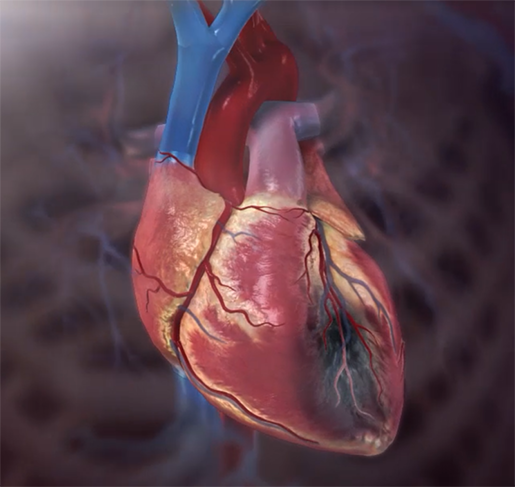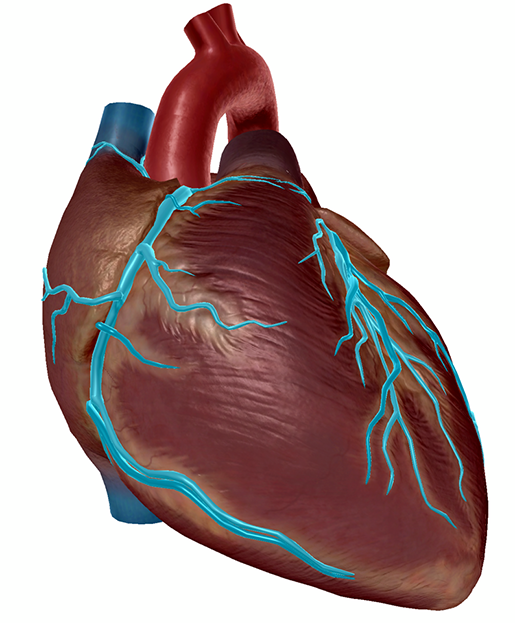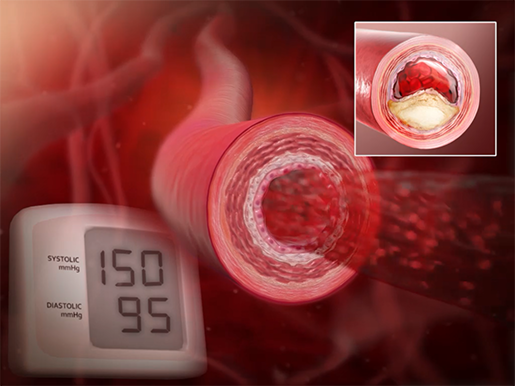Posted on 5/22/15 by Courtney Smith
When you see a heart attack in a movie or TV show, it’s usually a dramatic event—clawed hands clutching a chest, groaning, and then a twisting fall to the floor. Which… well. Take that with a grain of salt. A heart attack is caused by a blockage, usually a build-up of plaque, in an artery that prevents blood flow and oxygen from reaching the heart. The longer the heart doesn't receive blood, the greater the damage to it. In many cases, people don’t even know they’re having a heart attack.
But despite what Hollywood tells you, a heart attack doesn’t exist in a vacuum—it’s the result of a bigger problem: heart disease. Even with a large presence in our society, not many people know the cold hard facts about heart disease, so I'm here to lay them down for you.
1. Many people might think cancer is the number one cause of death for both men and women in the United States, but it in fact is number two, right behind heart disease. Heart disease is the cause of 611,000 deaths every year in the United States—that's 1 in every 4 deaths.
2. More than 735,000 people suffer a myocardial infarction (MI)—that’s the official name of for heart attack—every year in the United States. Of those people, 15% (110,250) of them will die from it.
3. Every 34 seconds, someone in the United States suffers a heart attack.
 A myocardial infarction (heart attack). Image from Physiology & Pathology.
A myocardial infarction (heart attack). Image from Physiology & Pathology.
4. While most people know that chest pain is a sign of a heart attack (thanks, Hollywood), it's not the only one. Shortness of breath, fatigue, dizziness, nausea, and pain or discomfort in the back, jaw, neck, and arms are all possible indicators of MI.
5. It's a no-brainer that high cholesterol and blood pressure are contributing factors to heart disease, but additional factors include smoking, diabetes, and not getting enough exercise.
 Image captured from Human Anatomy Atlas.
Image captured from Human Anatomy Atlas.
6. Since 1984, more women than men have died from heart disease, but only 1 in 5 women knows that heart disease is the greatest threat to her health. 38% of women die within a year of having a heart attack as compared to 19% of men.
7. According to the World Health Organization, childhood obesity has reached epidemic proportions. Obese children are at a significant risk for heart disease in their adult lives, as well as diabetes, atherosclerosis (build-up of fats and cholesterol in the artery walls), and high blood pressure.
 High blood pressure. Image from Physiology & Pathology.
High blood pressure. Image from Physiology & Pathology.
Don’t let heart disease be the thing that does you in, my dear readers. Go out in a blaze of glory, maybe in an incident involving a jet pack or a giraffe herd. Take care of yourselves—I want y’all around for a long time!
Be sure to subscribe to the Visible Body Blog for more anatomy awesomeness!
Are you a professor (or know someone who is)? We have awesome visuals and resources for your anatomy and physiology course! Learn more here.
Additional Sources:
When you select "Subscribe" you will start receiving our email newsletter. Use the links at the bottom of any email to manage the type of emails you receive or to unsubscribe. See our privacy policy for additional details.
©2024 Visible Body. All Rights Reserved.